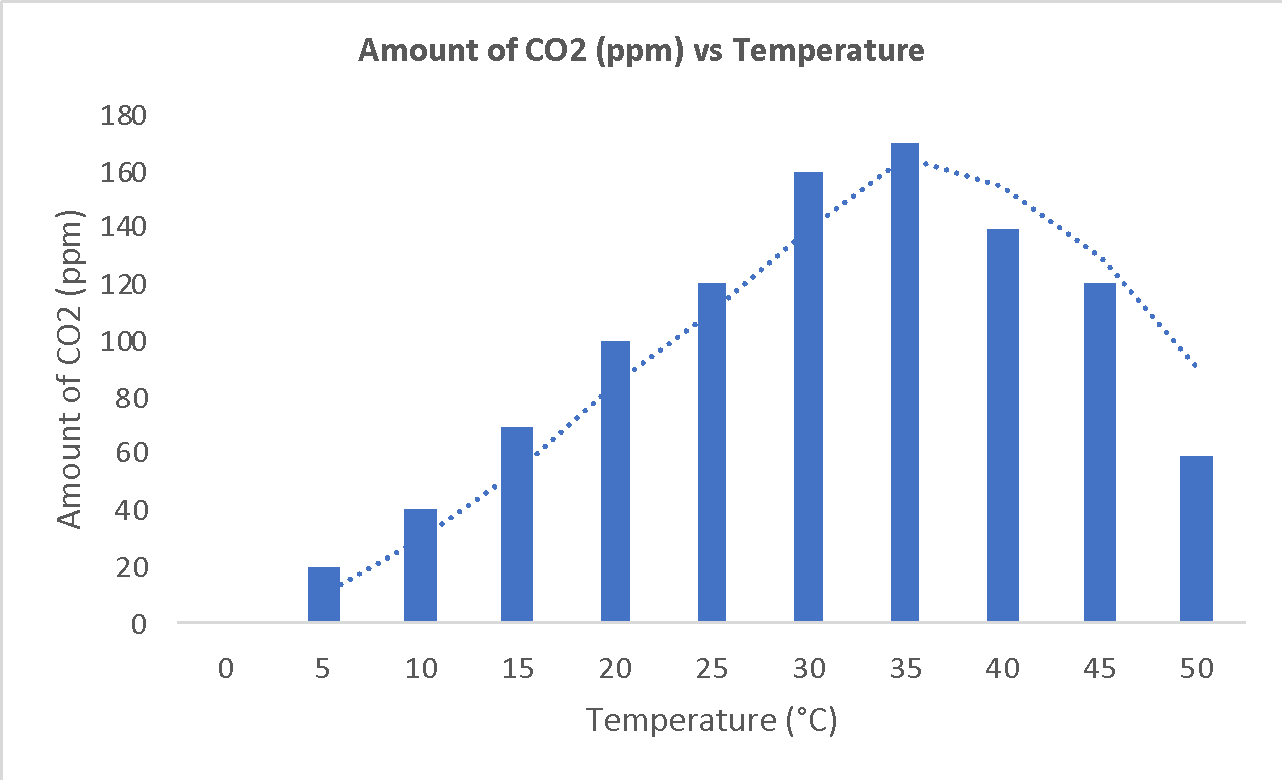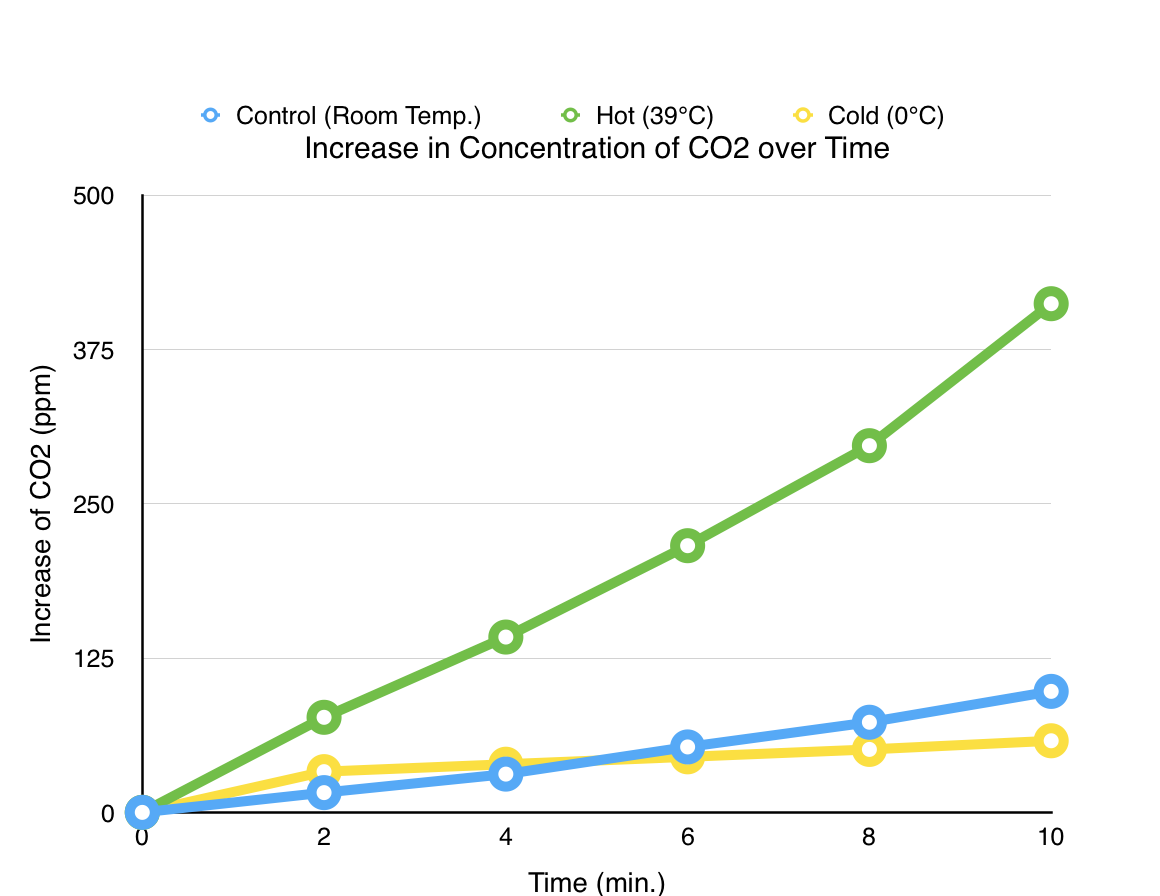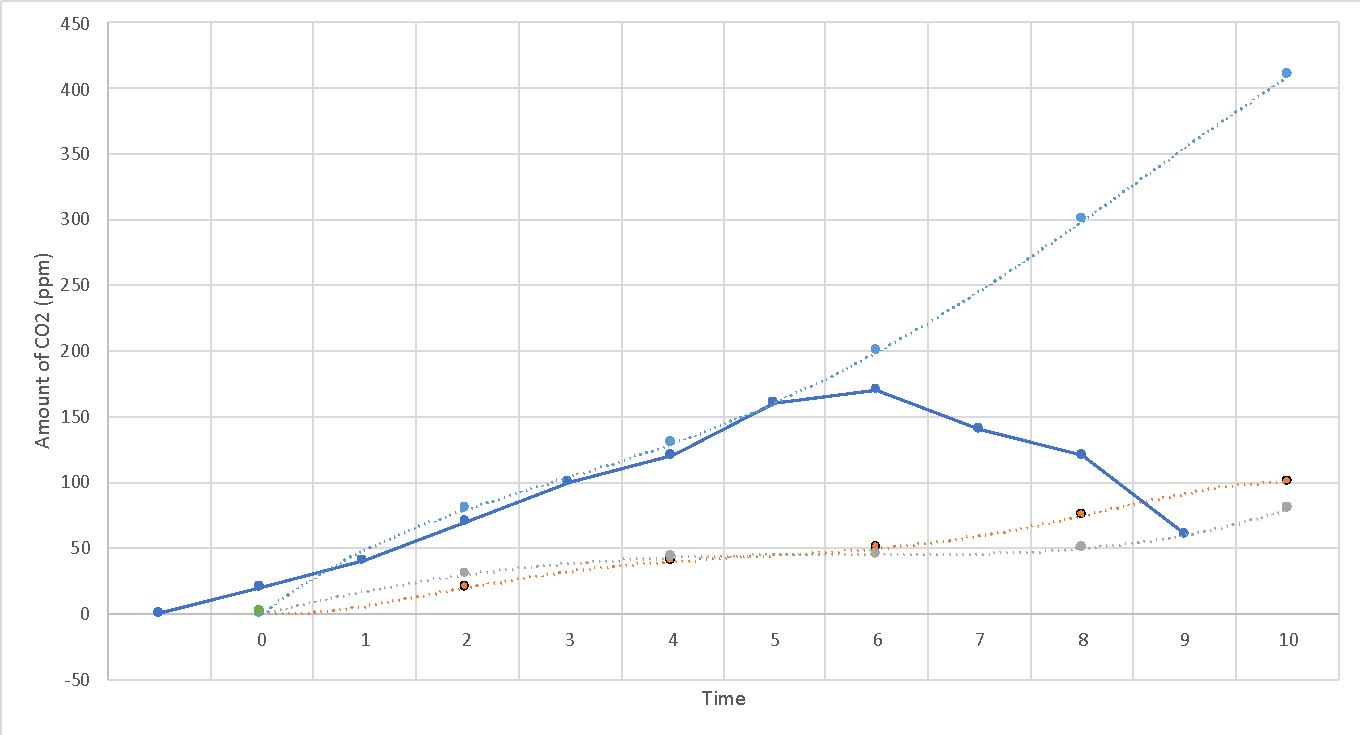Introduction
Critical examination of biological processes allows one to delve deeper into the topic under study and be more confident in one’s existing knowledge. Biological research is an excellent academic field for this purpose because it helps to evaluate the applicability of scientific judgments specific to one species to other organisms. The subject of this paper was cellular respiration. The recognition of this process as a molecular form of external respiration underlies the study, but the paper also discusses the causes and effects of cellular respiration. Terminologically, cellular respiration is viewed as a set of biochemical reactions occurring in the cells of living organisms, the result of which is the transformation of complex polymeric molecules to carbon dioxide and water (Wakim & Grewal, 2021). Since this process is inherently catabolic, the effect of cellular respiration is to release energy.
The present work manipulates available literature data describing the limits of applicability of the classical cellular respiration model. Because the literature review was a central component of the study, the main results are publicly available. At the same time, the work presents data on a test to determine the dependence of the catabolic rate on temperature. This includes individual analytical tests that provide insights into the oxygen circulating capacity of respiration of a particular species (Song et al., 2007). Thus, the following is a detailed summary of the reasoning and known information revealing the oxygen dependence of cellular respiration.
Research Hypothesis
The key research question was to determine the applicability of the model of cellular respiration as an oxygen-dependent process intrinsic to all living organisms. Thus, this hypothesis includes two criteria at once. Cellular respiration is presented as a process directly requiring oxygen involvement. This process is assumed to be true for the metabolism of absolutely all living organisms, whether unicellular or multicellular. In addition, it is expected that as the medium temperature increases, the rate of catabolic oxidation of carbohydrates naturally increases, as follows from the van ‘t Hoff law (Emmert et al., 2020). Thus, the rate of cellular respiration, for example, of a warm-blooded mammal should be comparably higher than for a worm living in the soil.
Experimental Design
Because the research effort consists of testing multiple hypotheses associated with cellular respiration, a holistic verification system must be developed to guide the measurement. An examination of the limits of the oxygen-dependent cellular respiration model for all living beings should be conducted through a literature review. It is expected that academic data will confirm or refute the hypotheses: just find evidence of oxygen-free cellular respiration possibilities or identify species for which this process is not characteristic. The second phase of the research work is to measure the relationship between the external temperature of the environment — and habitat, respectively — and the rate of cellular respiration. Since it is known that as the temperature continues to rise, the rate of cellular respiration slows down due to the disruption of the enzymatic function of proteins, a dynamic model must be designed. The rate of cellular respiration can be measured using molecular respirometers, which record the change in mass or volume of the product produced per unit biomass per unit time. Consequently, if a particular species known to be capable of cellular oxygen respiration is chosen as the object of measurement, then gradual heating of the medium will quantitatively reflect the trend described.
Expected Results
Table 1. Expected results of a literature review of the relative applicability of the oxygen-dependent cellular respiration model for the six major domains.
Table 2. Actual data on cellular respiration potential for selected species.



Reasoning
Organisms are relatively open biological systems that engage in a constant exchange of substances with the environment. In the context of metabolism, such transformations mean that an individual receives essential molecules from the ecosystem and uses them to maintain balance in its own body (Bubnis, 2019). Since the present work investigates cellular respiration, it is worth elaborating on the respiratory function of metabolism. It was initially expected that cellular respiration was proper for all living organisms, as this process is responsible for generating energy to carry out life activity. What was discovered in the literature review fully confirmed these expectations: cellular respiration is a natural function of living systems. Furthermore, it was assumed that cellular respiration was always accompanied by the uptake of molecular oxygen. This assertion was justified by the ubiquity of oxygen molecules or oxygen-containing substances. This ubiquity was expected to have evolutionarily anchored only the oxygen mechanism of cellular respiration. Finally, the oxygen-associated stage of cellular respiration is capable of yielding up to 36 molecules of ATP, which is comparably greater than the yield of the oxygen-free form. Thus, it was assumed that all living creatures are characterized by a strict oxygen requirement. In this case, the results should have been the same as those described in Table 1. An alternative outcome would have assumed “minuses” in the columns of the Table.
A study of the literature partially confirmed the initial expectations. In fact, it has been shown that not all organisms require oxygen (Boundless, 2020). On the contrary, parasitic forms of worms, such as those developing as obligate anaerobes, can die in the presence of molecular oxygen. Consequently, it is not reasonable to speak of a metabolic need for this gas to realize cellular respiration. This is true for prokaryotes and some forms of protozoa (Priya et al., 2019). However, other interesting ideas have been discovered. Plants that normally consume oxygen for respiration may, under crisis conditions, switch to partially anaerobic forms, transforming the organic matter available in soils to generate electricity. It follows that the first working hypothesis of cellular respiration has not been confirmed. Many, but not all, organisms have a need for an oxygen-dependent type of cellular nutrition. On the contrary, for many livings, the presence of oxygen in the environment has a detrimental effect.
Another hypothesis measured the relationship between temperature as an independent variable and the intensity of cellular respiration. Since cellular respiration operates biologically active molecules called enzymes, it was expected that an increase in temperature would eventually become a limiting factor. Enzymes are known to decrease their activity at high temperatures (Santhosh, 2018). Consequently, an ambiguous relationship was assumed between the two variables. As the temperature increased up to the peak of enzymatic activity, the increase in reaction growth obeyed van ‘t Hoff’s rule. At the same time, immediately upon reaching the mark, the rate of cellular respiration should have declined rapidly due to enzyme degradation.
The studied data partially confirmed this hypothesis. From Figure 2, one can see that an increase in the temperature of the medium was unambiguously associated with an increase in the rate of cellular respiration, expressed as a quantitative measure of carbon dioxide as a product of catabolism. This confirmed the initial hypothesis of a natural increase. At the same time, additional studies confirmed the idea of a decline in rate once the temperature limit was reached. It follows that the second hypothesis was confirmed completely.
Integrated Learning
The concepts and theories studied this semester meshed perfectly with topics studied in other disciplines. More specifically, the kinetic laws were mentioned in chemistry, including the van ‘t Hoff law, repeatedly used in this research paper. At the same time, only with the competencies learned within mathematics that the graphs are shown in Figure 1 and Figure 3 became possible. This approach was an excellent academic strategy to create a generalized and holistic structure of knowledge. The most important lesson learned is that any hypotheses and assertions must be questioned and expertly tested.
In addition, it has been studied that global warming has effects on the rate of cellular respiration. Specifically, Queen Mary (2012) showed that aquatic ecosystems tend to produce more carbon dioxide as environmental temperature increases (global warming). In other words, the rate of cellular respiration increases for such systems. This is also reflected in this work, in which it was shown that an increase in temperature was associated with an acceleration of cellular respiration.
Conclusion
Testing the available hypotheses and assumptions is a critical step in qualitative research. Possessing such a skill defines a professional, competent scientist. In the present work, such hypotheses were the ideas about the necessity of oxygen for all living organisms for which cellular respiration is valid. The second hypothesis was the idea of a dynamic relationship between temperature rise and the rate of cellular respiration. The literature review gave the understanding that the hypotheses were partially true and entirely accurate, respectively.
Reflection
Performing this assignment helped the author better understand cellular respiration by answering existing questions. In particular, the question of the applicability of the cellular respiration model to all organisms was resolved, and boundaries were defined. It was also proved, using scientific sources, that the growth of cellular respiration cannot be infinite, and enzyme activity is a limiting factor. The author was able to explore and summarize the knowledge in this paper. This approach, which requires critical reflection on hypotheses and testing them with authoritative sources, is a valuable strategy within the education system and when dealing with people in everyday life.
References
Boundless. (2020). Anaerobic cellular respiration. Biology. Web.
Bubnis, D. (2019). Catabolism vs. anabolism: What’s the difference? Healthline. Web.
Emmert, M., Heß, K., Gräb, P., & Geidel, E. (2020). Experiments to introduce students into the temperature dependence of the reaction rate. World, 8(2), 92-99.
Jontran. (2015). How temperature affects the rate of respiration in mealworms. JontranBIOAP. Web.
Priya, M., Shibuvardhan, Y., & Manilal, V. B. (2019). Response of anaerobic protozoa to oxygen tension in the anaerobic system. International Microbiology, 22(3), 355-361.
Queen Mary, University of London. (2012). The largest-ever analysis of respiration reveals insight into climate change. ScienceDaily. Web.
Santhosh, L. (2018). The effects of temperature on enzyme activity and biology. Sciencing. Web.
Song, Y., Liu, C., & Finegold, S. M. (2007). Development of a flow chart for identification of gram-positive anaerobic cocci in the clinical laboratory. Journal of Clinical Microbiology, 45(2), 512-516.
Wakim, S. & Grewal, M. (2021). Cellular respiration. Biology. Web.